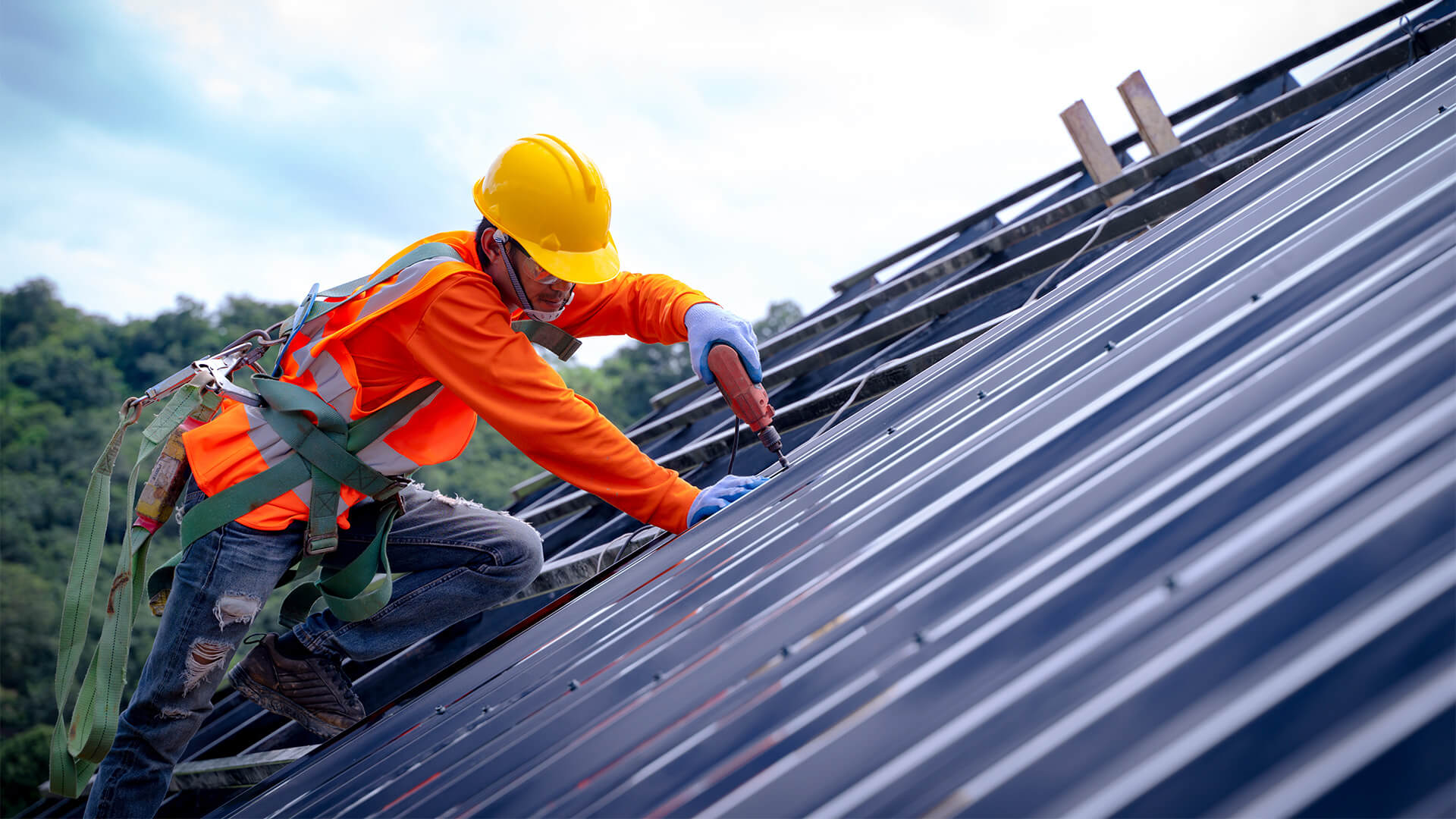Rise by Six: Your Daily Dose of Inspiration
Explore insights and stories that elevate your day.
When Leaks Strike: How to Patch Your Roof Before It Patches You
Discover quick tips to patch your roof and protect your home! Don’t let leaks dampen your day—act fast with our expert guide!
5 Common Signs Your Roof is Leaking and How to Fix Them
Identifying the signs of a leaking roof early can save you from extensive damage and expensive repairs. Here are 5 common signs your roof is leaking:
- Water Stains: Look for yellow or brown stains on your ceiling or walls, which indicate that water is seeping through.
- Damaged Shingles: Missing, cracked, or curling shingles can allow water to penetrate your home.
- Mold Growth: The presence of mold or mildew, particularly in the attic or near vents, suggests heightened moisture levels from a hidden leak.
- Leaks During Rain: If you notice water dripping or pooling inside your home during a rainstorm, it’s a sure sign of a leak.
- Excessive Granule Loss: Finding granules from shingles in your gutters could indicate your roof is nearing the end of its life, which can lead to leaks.
Once you've identified these signs, prompt action is crucial. To fix a leaking roof, start by safely inspecting your roof or hiring a professional if you're uncomfortable doing it yourself. Remove any debris, replace damaged shingles, and seal any visible gaps with roofing cement. Additionally, addressing any interior water damage by drying out affected areas and treating mold can prevent further issues. Regular maintenance checks will also help ensure that your roof remains in good condition, preventing leaks before they become problematic.

The Ultimate Guide to Emergency Roof Repairs: What You Need to Know
When disaster strikes and your roof is damaged due to a storm, leaks, or falling debris, emergency roof repairs become a critical priority. The first step is to assess the damage safely. Make sure to find a safe vantage point to inspect your roof, as climbing onto a damaged roof can be dangerous. Check for visible issues such as broken shingles, missing tiles, or any major tears in the roofing material. If you notice any severe damage that poses a risk of further complications, it's essential to contact a professional roofing contractor immediately to prevent additional water damage and ensure a thorough repair.
While waiting for professional help, you can take some temporary measures to minimize damage. Consider the following steps for emergency roof repairs:
- Cover leaks with plastic sheeting or a tarp to prevent water from entering your home.
- Secure the tarp with weights like bricks or rocks to ensure it stays in place during harsh weather.
- Remove any valuable items from below the damaged area to protect them from water damage.
Is Your Roof Ready for the Rain? Essential Maintenance Tips to Prevent Leaks
As the rainy season approaches, it’s crucial to ask yourself: Is your roof ready for the rain? Regular maintenance is essential to prevent leaks and water damage that can affect both your home’s structure and your wallet. Start by inspecting your roof for any visible signs of damage, such as missing shingles, cracks, or rust on flashing. Ignoring these issues can lead to more significant problems down the line. Make sure to clean out gutters and downspouts, as clogged drainage systems can cause water to back up and seep under shingles, creating leaks.
In addition to visual inspections, consider scheduling a professional roof inspection at least once a year. Expert roofers can identify potential weak spots that you may overlook and suggest necessary repairs or replacements. If you have a flat roof, check for pooling water, and ensure that any roof vents are properly sealed. Regular maintenance not only extends the life of your roof but also gives you peace of mind during heavy rainfall. Taking these proactive steps can save you from costly repairs and keep your home safe and dry.